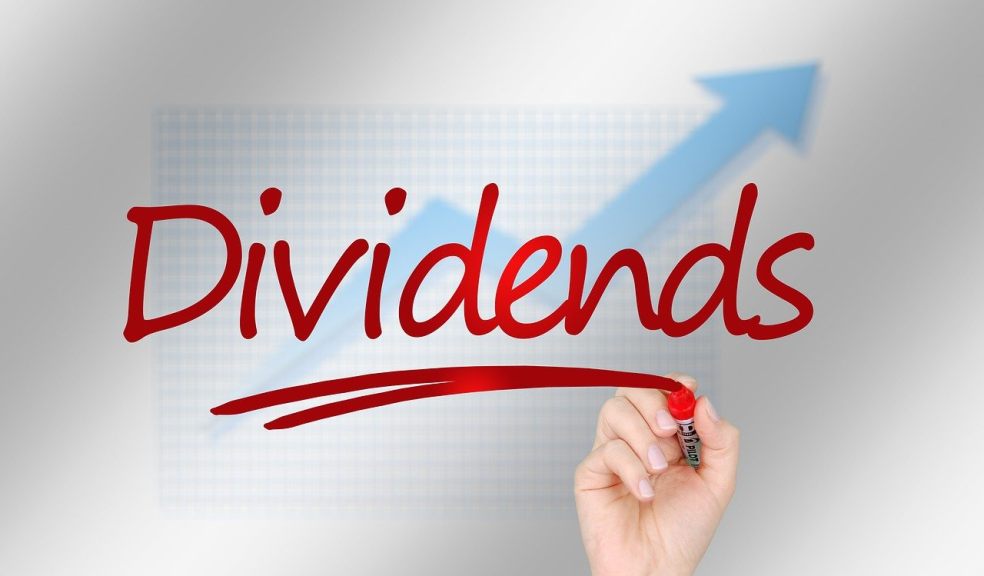
What are Dividends and How to Receive Them?
Dividends are part of the profit of enterprises, more precisely, joint-stock companies. The company pays this part to its shareholders, who own shares in the JSC.
The size of dividends can vary depending on companies' profitability and dividend policy.
How to receive dividends?
Each company decides on dividend payments individually.
Whether the holders of shares will receive dividends or not, and in what amount per share, depends on the development strategy of the business and how financially successful it was in the previous reporting period.
First, the company's Management Board proposes to pay dividends and announces their size to the JSC's Board of Directors. The board examines the proposed option and decides whether to approve it or not. If the decision is favorable, the proposal is submitted to the Shareholders' Meeting, which can be held annually or periodically.
The General Meeting of Shareholders makes the final decision on whether to pay dividends this time and approves their size. Participants may vote against the payment if they do not agree with it in principle or with its size.
The main source of dividend payment is net profit. Additionally, adjusted net profit, free cash flow, and EBITDA may be taken into account. If there is no net profit or the company is operating at a loss, usually, no dividends are paid to shareholders. However, the Board of Directors and shareholders may decide to pay dividends out of borrowed funds. In reality, however, this hardly ever happens.
How often are dividends on shares paid?
The size of dividends depends on the dividend policy adopted by the company. Its rules and guidelines are written in a special document with the corresponding title.
Many enterprises establish the dependence of the dividends on a specific part of one of the financial indicators of the company's performance. This can be 25% of free cash flow or 50% of net profit, etc.
Payments may be made at different intervals: once a year, semi-annually, quarterly, or monthly.
How can a shareholder earn on dividends?
To receive dividends, you need to become a company shareholder. For this purpose - open a brokerage account online https://ffin.am/en/ . It is not necessary to invest in shares right away: you can monitor the work of different JSCs, namely the decisions of the Boards of Directors, where they advise on the amount and date of dividend payments (dividend cut-off). These data are available on various resources, including websites of brokerage companies.
Having chosen favorable shares, you should buy them by this date; then, you may receive dividends.
Important note: the buyer becomes the owner of securities only on the next working day after the purchase.
As a rule, the money is deposited to the brokerage account within eight days after filling the shareholders' register. Sometimes, it may take up to 18 business days. Important point: since dividends are income, you must pay 13% tax on them.
What is a dividend GAP?
A dividend GAP is a decline in the share price. It can occur after a list of shareholders the company is willing to pay is approved.
There are two reasons for this. First, the buyers of shares who purchased them before the list was finalized are paid the upcoming dividends, while those who bought the securities on the second day after are not paid. Therefore, the value of the stock drops temporarily.
Second - to pay dividends, the JSC uses some of the funds from the balance sheet. The amount of money the company has reduces - the shares become cheaper.
As a rule, the GAP is as large as the size of dividends paid per share. After some time, the value of securities may increase again.













